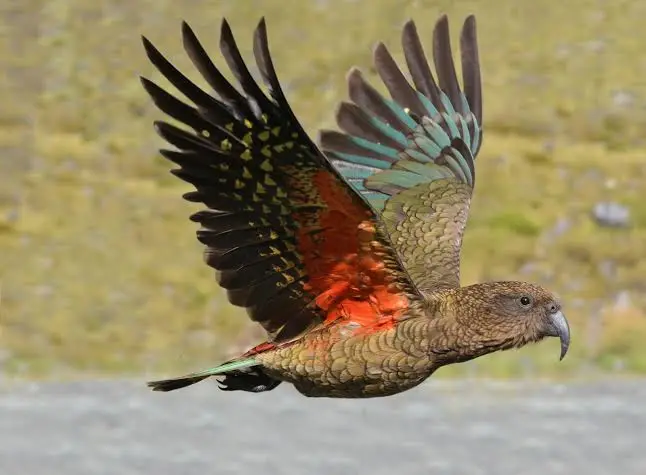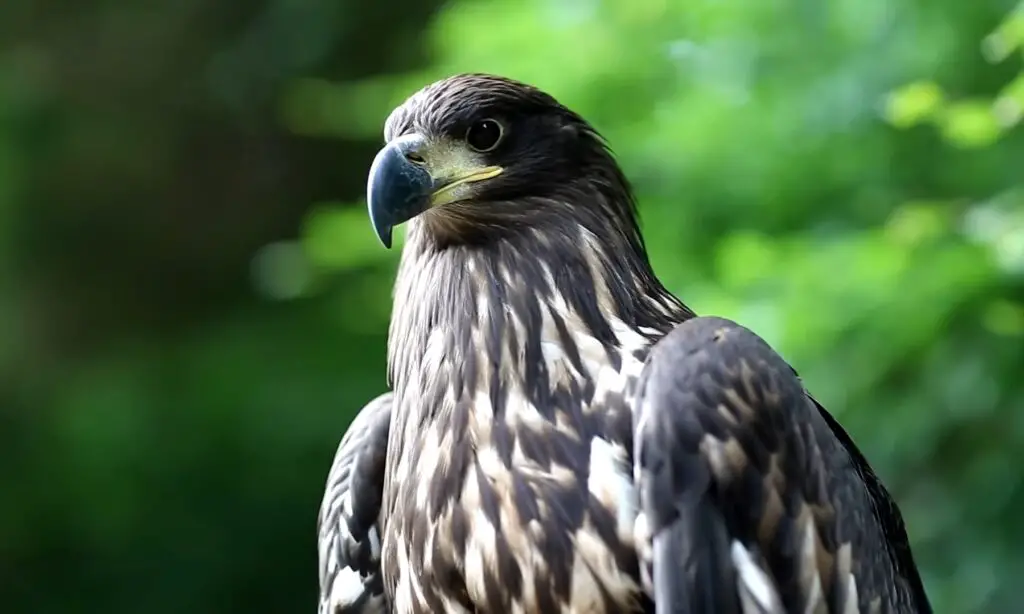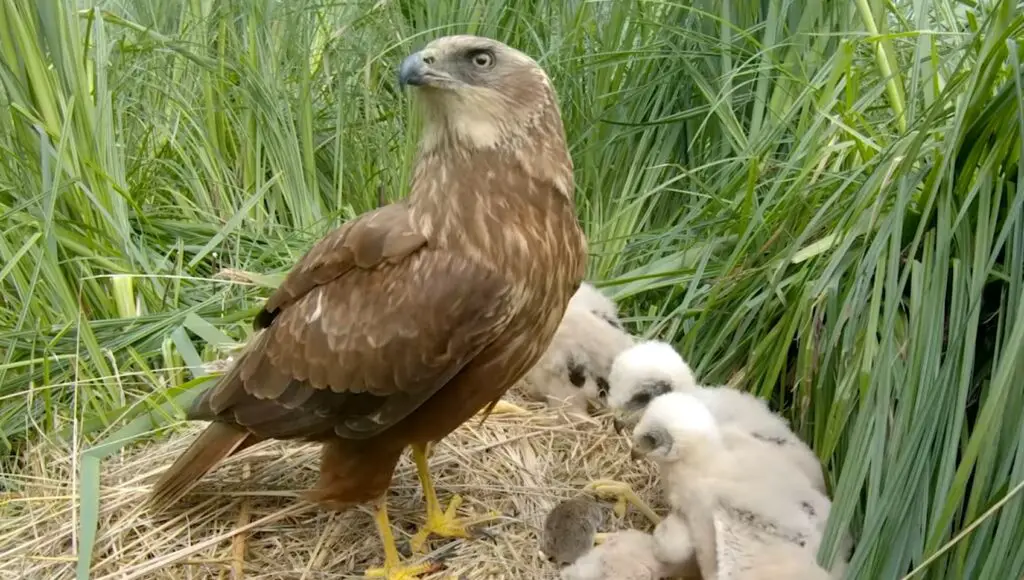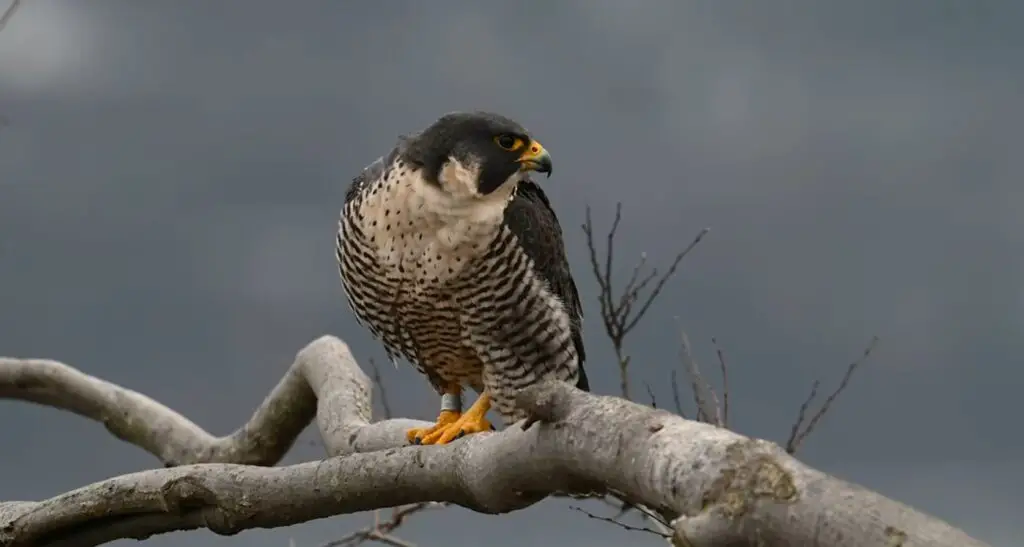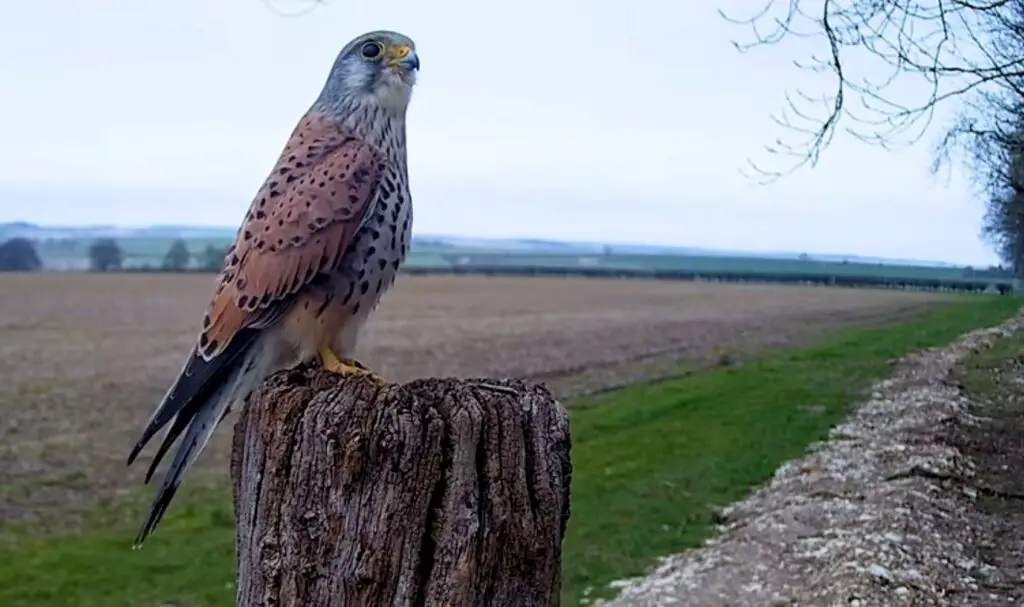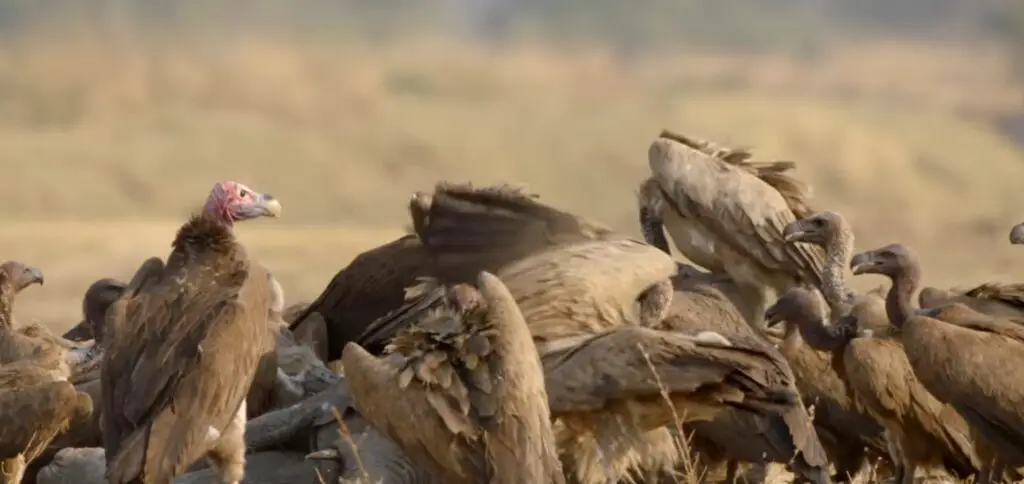The Kea bird (Nestor notabilis) is a remarkable and charismatic parrot species native to the mountains of New Zealand. Known for its intelligence, curiosity, and mischievous nature, the kea has captivated the hearts and minds of both locals and visitors alike. In this article, we explore the unique characteristics, behavior, and conservation status of the kea, shedding light on this fascinating bird species.
Physical Characteristics of Kea Bird:
The Kea Bird is a large parrot, measuring approximately 48 to 50 centimeters in length and weighing around 800 grams. Its plumage is predominantly olive-green, providing excellent camouflage in its alpine habitat. The bird has a wingspan of around 1 meter, displaying vibrant flashes of orange beneath its wings during flight.
Adaptations and Behavior:
The kea’s beak is particularly noteworthy. It is long and curved, enabling the bird to access a variety of food sources. Keas have strong, sharp beaks that they use for foraging, preening, and interacting with their environment.
These parrots are highly social and live in small groups called “clans.” Keas are known for their playful and inquisitive nature, often exploring their surroundings and investigating objects with their beaks. Their intelligence is evident in their problem-solving abilities and their knack for finding creative ways to interact with their environment.
Keas are also renowned for their acrobatic flight skills, often seen soaring, diving, and performing aerial displays. Their agility and maneuverability allow them to navigate through the mountainous terrain with ease.

Diet and Feeding Habits of Kea Bird:
The Kea Bird is an omnivorous bird with a diverse diet. While they primarily feed on plant matter, including leaves, fruits, berries, and flowers, they are also known to scavenge for insects, grubs, and even small vertebrates. Keas have been observed feeding on carrion and opportunistically targeting unattended food items from human settlements, leading to their reputation as “cheeky thieves.”
1. Kea Bird at a Glance
- Scientific Name: Nestor notabilis
- Size: 48 cm (19 in) long, weighs 800–1,000 grams
- Lifespan: Up to 50 years in captivity (20+ in wild)
- Diet: Omnivorous—eats plants, insects, carrion, and even human food
- Habitat: Alpine regions of New Zealand’s South Island (1,000–2,000m elevation)
2. Unusual Traits & Intelligence of Kia
🔹 Problem-Solving Prowess
- Can solve complex puzzles (e.g., unlocking boxes for food).
- Use tools (sticks, pebbles) to reach prey.
- Recognized as one of the smartest birds (along with crows and parrots).
🔹 Playful (and Destructive) Behavior
- Famous for chewing car rubber, stealing shiny objects, and dismantling hikers’ gear.
- Engage in aerial acrobatics just for fun.
- Social learners—young kea mimic elders’ tricks.
🔹 Unique Vocalizations
- Loud, rolling “keee-aa” call (gave them their name).
- Can imitate sounds, including human speech.
3. Survival in the Mountains
❄️ Adaptations to Alpine Life
- Thick, insulating feathers for cold climates.
- Strong beak for digging up grubs and breaking into carcasses.
- Nesting in ground burrows (rare for parrots).
🦅 Feeding Habits
- Summer: Berries, roots, insects.
- Winter: Scavenges sheep carcasses (once wrongly blamed for killing livestock).
4. Conservation: A Threatened Species
⚠️ Why Are Kea Bird Endangered?
- Predation: Stoats, rats, and possums eat eggs/chicks.
- Lead poisoning: From old alpine hut roofing.
- Human conflict: Shot by farmers in the past (now protected).
🛡️ Protection Efforts
- DOC (Dept. of Conservation) monitoring (only 3,000–7,000 left).
- Kea Database (tracks individual birds).
- “Kea-proof” bins and signs in tourist areas.
5. Where to See Kea?
📍 Best Spots in the Wild
- Arthur’s Pass National Park (highway rest stops).
- Aoraki/Mt. Cook Village.
- Fiordland National Park (Milford Road).
🚫 Dos & Don’ts
✔ Do: Observe from a distance, report tagged kea.
❌ Don’t: Feed them (human food harms them).
Conservation Status and Threats:
The Kea bird is classified as a nationally endangered species in New Zealand, primarily due to habitat loss, predation, and human-related factors. Historically, keas were hunted for their feathers, and their population suffered from predation by introduced predators such as stoats and rats.
Conservation efforts have been put in place to protect the kea population. The birds are now legally protected, and initiatives focus on predator control, habitat preservation, and public education to promote their conservation.
Keas and Humans:
Despite their reputation as playful troublemakers, kea birds have endeared themselves to many people. Their intelligence and curiosity make them a popular attraction for tourists, and encounters with these birds often leave lasting memories.
To foster positive interactions between keas and humans, it is essential to respect their natural habitat, refrain from feeding them harmful food items, and adhere to guidelines set forth by conservation authorities.
Conclusion: A National Treasure
The kea is New Zealand’s cheeky, brilliant, and irreplaceable parrot—a symbol of wilderness and intelligence. While still at risk, conservation efforts aim to ensure future generations can enjoy their mischief and marvels.
“The kea doesn’t just live in the mountains—it brings them to life.”
FAQs About Kea
❓ Are kea dangerous?
Not usually, but they can damage property (e.g., cars, backpacks).
❓ Can kea talk like other parrots?
They mimic sounds but don’t speak words clearly.
❓ Why do kea eat car rubber?
Possibly for fun or due to mineral-seeking behavior.
Want to help kea conservation? Donate to the Kea Conservation Trust! 🦜💚

